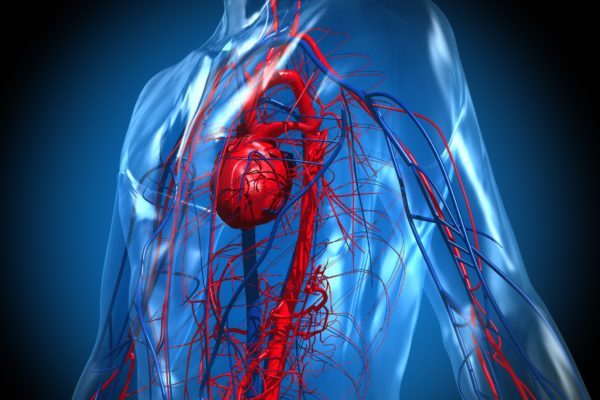
Blood & Marrow Transplant Information Network (English)
Graft-versus-host disease (GvHD) arises when the donor's immune cells (grafts) recognise the tissue of the recipient (host) as foreign and attack them. The immune cells particularly attack the skin, intestines, liver and bile ducts. This rejection reaction causes inflammatory symptoms and can be life-threatening.
GvHD may occur when large numbers of cells from a donor enter the body of the recipient. This happens, for example, with a bone marrow or stem cell transplantation (SCT), liver transplantation or kidney transplantation. GvHD can also be the result of blood transfusions in vulnerable patients such as new-borns, patients with an immune deficiency and patients who are treated with high doses of cytostatics. Approximately 6 to 80% of the patients who receive an allogeneic SCT, develop GvHD as a complication of this procedure. In about 30% of the patients, GvHD occurs in the gastrointestinal tract.
Graft-versus-host disease can be subdivided into acute GvHD and chronic GvHD:
The symptoms of graft-versus-host disease differ in severity: from mild symptoms to life-threatening events. It is difficult to predict the occurrence and the severity of these symptoms. In acute GvHD, the skin, gastrointestinal tract and liver can be affected. The chronic type usually has other symptoms and may affect all organs.
The symptoms that are reported in most of the cases of GvHD are:
In the case of an allogeneic (donor) stem cell transplantation, specialists select an identical donor. This means that the patient and the donor must have the same human leukocyte antigens (HLA) typing. HLA are proteins that are present of most of the cells in the human body cells. Nevertheless, a graft-versus-host reaction may occur despite the same HLA typing. Some of the causes of graft-versus-host disease can be:
The diagnosis of graft-versus-host disease can be made by analysing a tissue of the affected organ. In most of the cases this tissue is obtained by means of a biopsy. A differential diagnosis is also being performed to detect infectious and medicinal causes. Based on the outcomes, the severity of the GvHD can be classified, with grade 1 to 4 for acute GvHD and mild to severe for chronic GvHD. Other tests that may be necessary are:
Some transplant centres remove certain immune cells, the T lymphocytes (or part of the T lymphocytes) from the graft. These will be given to the patient at a later stage, once the chemotherapy has been completed. This reduces the risk of graft-versus-host disease. After a while, the donor cells adapt to those of the patient and the risk of graft-versus-host disease decreases. In addition, antibacterial or antiviral medicines can be prescribed (cotrimoxazole, valaciclovir or voriconazo).
When symptoms of GvHD do occur, the type of treatment depends on the severity of the disease. In the case of acute GvHD grade I, local steroids (triamcinolone or mometasone) can be prescribed. In the other stages and chronic GvHD, treatment with a high dose of prednisone is often necessary. Prednisone is a corticosteroid (adrenal cortex hormone) and suppresses inflammation and hypersensitivity reactions in the body.





